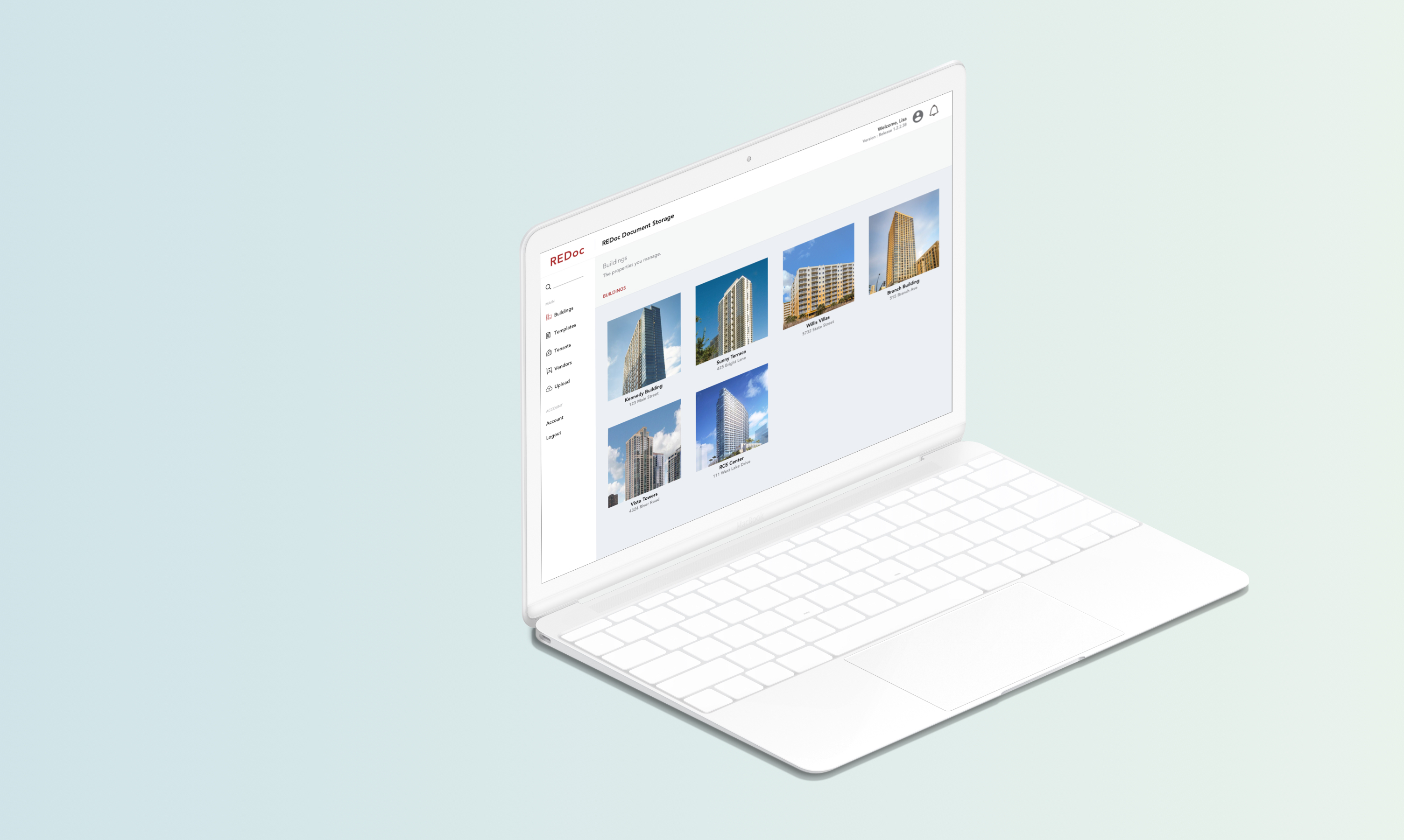REDoc
Commercial real estate businesses have not taken full advantage of the resources and opportunity technological advances have opened. Commercial Real Estate (CRE) businesses have historically operated through inefficient processes to communicate and share key information pertaining to real estate property. This process involves up to 5 different parties - from owners, property managers, asset managers, tenants, vendors, etc, which can affect business operations at any given time. REDoc is aiming to provide a possible solution to this inefficient process.
The objective of this month long project was to gather information regarding where there may be challenges with the product in its current state, where there are areas for improvement, and expand on potential future states that meets REDoc’s business roadmap.
Role: UX Designer
Tools: Axure, Sketch, Keynote
Skills: Competitive analysis, user interviews, user persona, affinity mapping, concepting, site mapping, usability testing, prototyping, annotated wireframing
Deliverables: Competitive analysis, user interview synthesis, user persona, prototype, annotated wireframes

















